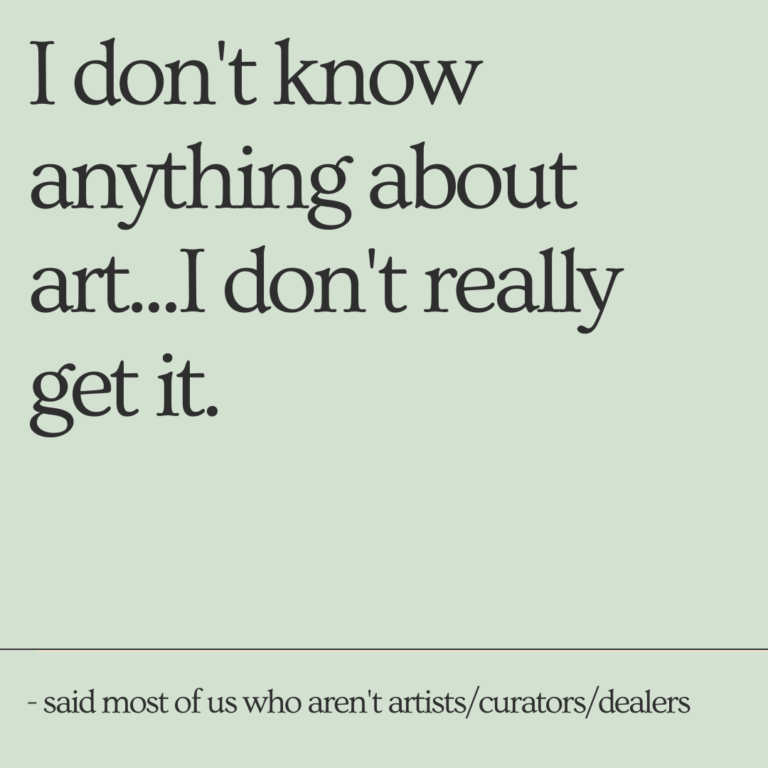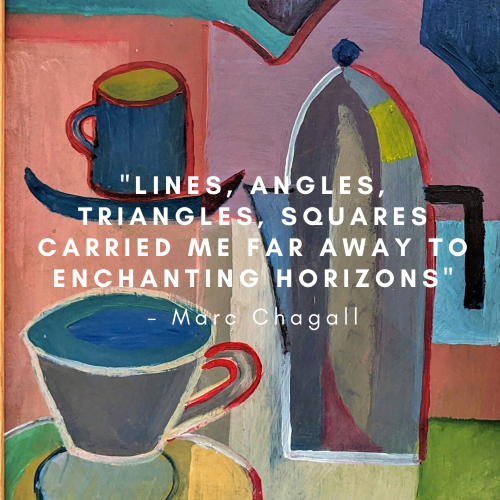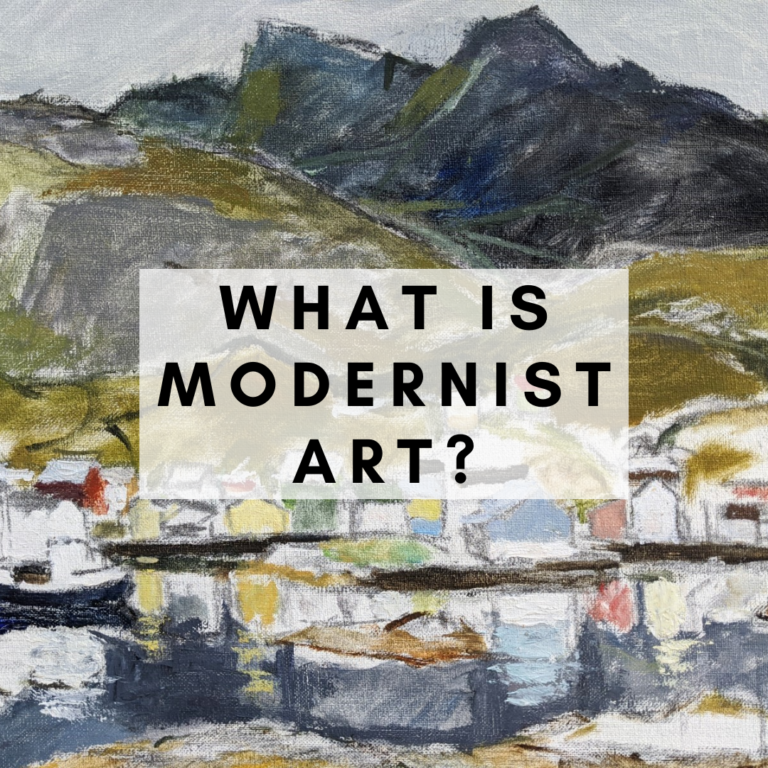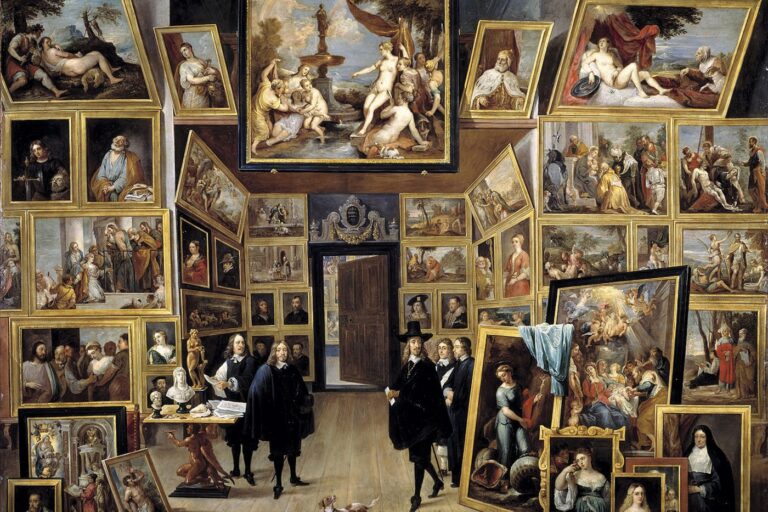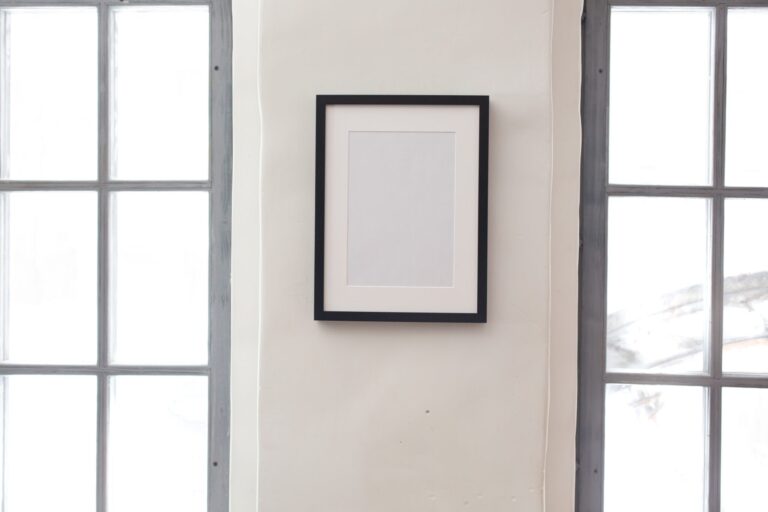Viewpoints on the non-financial value of art: Marc May
Saira’s lovely husband Marc shares his view on the non-financial value of art:
I grew up in a relatively working class family and for the first ten years of my life we lived in council (public) housing. My mother was great at art (I recall an incredibly drawn drawing of Pike fish she drew) but I don’t recall many art works on the wall where we lived. While class isn’t the sole factor towards lack of appreciation of art works growing up – it is one thing that almost forms an invisible barrier. I was neither a rich person with wads of cash for the latest critically acclaimed art work, or someone that understood the history of art.
My experience of art was therefore from what I saw on the news (mainly paintings being sold at auction for increasingly more ridiculous prices) or from what I saw at museums. Without any proper grounding into the history and influences of art or the concepts being reflected – I was left taking art at face value. For example, at museums where it seems the majority of art works of wealthy people from the past or biblical scenes – neither really connected with me. Likewise with auctioned art – the majority of the time I wondered how such a painting could possibly be worth so much, especially the more abstract pieces.
My experience of art was drawn from the influences of what I saw and experienced – it led to the feeling that art was out of reach. I could not really imagine myself ever owning a similar painting from a museum (they were normally big pieces of historical events I had no connection with) and these art works on TV were clearly financially out of reach – and seemingly the preserve of the rich.
So for many years the appreciation of art was either determined by the museum curator displaying a set of art works on a historical theme, or what critics in the art world determined was valuable. For me there was no middle ground in which I could enjoy art and consume it in my own home – on my own terms rather than pushed on me by others declaring it relevant.
It was only later in life when I met my wife (Saira) that I took an interest in art – she was (and still is) very much interested in art. I’ve learnt a lot over time through osmosis – in particular an understanding of how artists create art, the concepts that sit behind it, influences and how we’ve arrived at a particular genre. From that understanding art became more accessible. It was possible to access art in galleries and unlock its context. I no longer needed to feel clueless over the more abstract pieces – why have they done that? What does it mean?
One of the other things I learnt was that art could be consumed and enjoyed in the home – away from museums and galleries of the world. It was possible to curate your own collection and determine what should and shouldn’t be seen. Not only that but it was possible to get good art at reasonable prices – which seemed unobtainable previously as it seemed like ‘good’ art was something that needed a second mortgage (or even a lottery win!) to enjoy personally.
Saira and I have probably ten pieces hung around the house, which rotate on a fairly regular basis. We both work from home so they take on a new importance of not only having a decorative function, but also one of general wellbeing. Looking into a particular piece allows a certain distraction that pulls you into thinking about the subject matter or the artist’s technique – and away from the travails of day to day work.
I’ve come a long way in art appreciation – from looking at art in simple terms to something with more depth and meaning. Something which has value to me personally – not as an investment but as a luxury I can escape to at a glance. Something which I’m able to view and appreciate on my own terms rather than have it curated by others. When I was younger I perhaps took a binary view of art – either you understood it and had a lot of money to buy it – or you didn’t. Almost a ‘have’ or ‘have not’ situation in which I found myself in the ‘have not’ bracket. Over time I’ve found that there is no invisible barrier to the appreciation of art – just a required step to further understanding of both context and history, and an understanding that it is possible to get good art at affordable prices. It isn’t just the preserve of attendees of Sotheby’s in New York.


